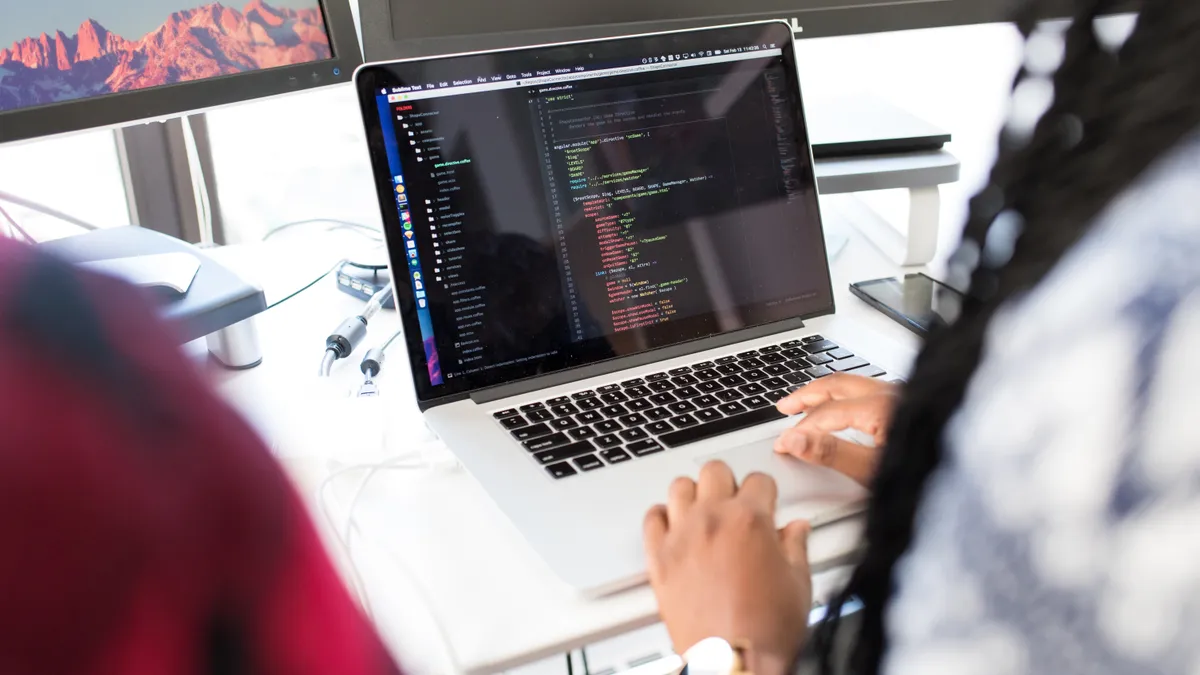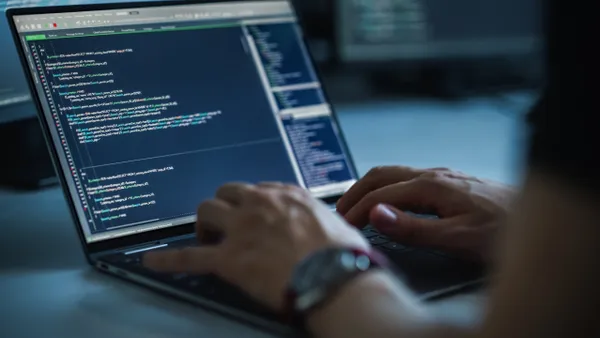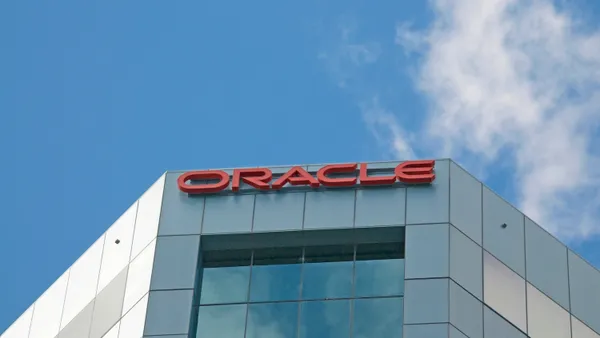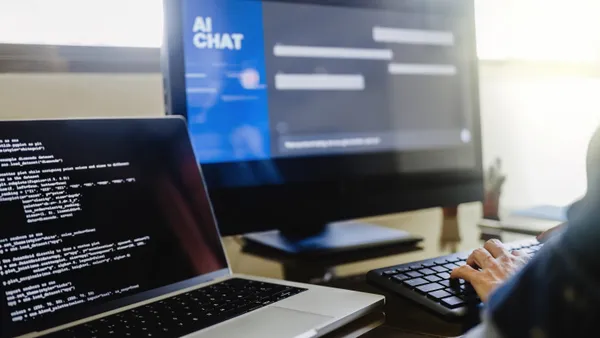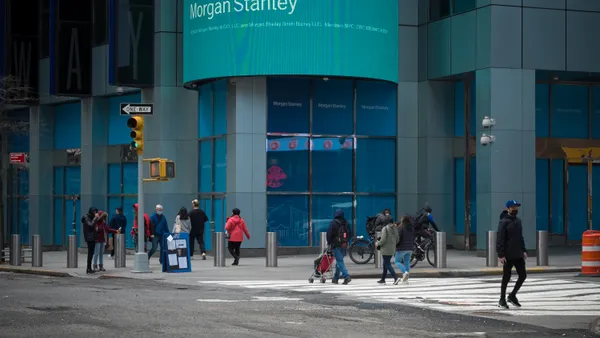Dive Brief:
- The adoption of intelligent automation, a blend of technologies including RPA, pragmatic AI and low-code applications, will drive cultural transformation in the enterprise, said Brian Hopkins, VP and principal analyst at Forrester, speaking Thursday at the Rackspace Technology Solutions Summit.
- In the pandemic, companies went from using RPA as a way to grow, to a tool that could help shore up and infuse resiliency into their mid- and back-office, said Hopkins.
- As a consequence, "middle management is going to get smaller and it's going to blend management of human workers with digital workers or bots," changing the way organizations are structured.
Dive Insight:
Once automation plugs more efficiency into companies, a return to old methods is unlikely to happen, even if some sense of normalcy is regained.
One example played out in the travel industry, where one airline used RPA to to replace several dozen of its human workers in order to scale the cancellation process, said Hopkins.
"When we return to normal, those humans are not going to go back to the process that they had," said Hopkins. "Things like automation and bots tend to become addictive."
The majority of IT leaders expect automation to become a focus in IT over the next three years, according to a report from LogicMonitor. Another survey by Inference Solutions found almost half of companies are preparing to infuse their IT helpdesks with automation.
As RPA adoption expands within the intelligent automation framework, so does the size of the vendor market. RPA market revenue is on pace to hit $2.9 billion by 2021, according to Forrester projections.
In the projected reduction of middle management, those who remain will now need to contend with managing swaths of robots, or digital workers.
U.S. employees are interested in weaving automation into their work, with 30% of U.S. workers sharing interest in acquiring RPA skills, a study from UiPath found. Companies will require governance and training to oversee digital workers as they become more AI-driven.



